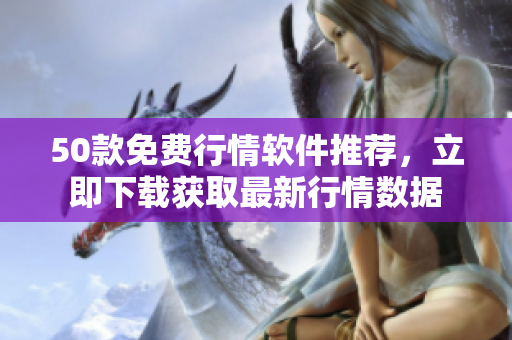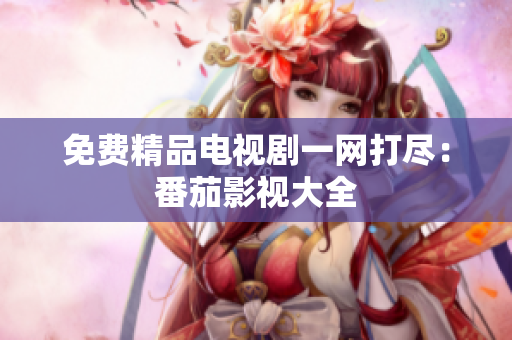Introduction
Western art has long been known globally for its outstanding cultural and artistic achievements. From classics like the Mona Lisa to contemporary masterpieces like Banksy's street art, Western art has inspired and awed millions of art enthusiasts around the world. However, in recent times, the world has witnessed a technological revolution, with many countries embracing the fifth-generation (5G) mobile network. China, one of the leading countries in this technological advancement, has been at the forefront of this wave, investing heavily in infrastructure to bring 5G to the masses. While this is great news for technology enthusiasts, it has raised questions about its impact on traditional forms of art. This article seeks to explore the effect of 5G on Western art, particularly in mainland China.
Top Western Cultural and Artistic Masterpieces
The Western world has produced numerous iconic cultural and artistic works, some of which have attained global fame. These works are significant as they provide insights into the Western cultural heritage and shape how people perceive the Western world. Examples of top Western cultural and artistic masterpieces include:
Leonardo da Vinci's portrait Mona Lisa
Michelangelo's painting on the Sistine Chapel's ceiling
Shakespeare's plays, particularly Romeo and Juliet and Macbeth
The music of Wolfgang Amadeus Mozart
The sculptures of Auguste Rodin
The modern abstract paintings of Jackson Pollock and Pablo Picasso.
The 5G Revolution in Mainland China
China has been heavily investing in and implementing the fifth-generation (5G) mobile network in recent times. This technological advancement is part of the Chinese government's strategy to transform the country into a digital economy. China's 5G network promises faster internet speed, reduced latency, and enhanced device connectivity.
The implications of 5G are enormous, particularly in mainland China, where the technology has been hailed as a game-changer. For instance, 5G could revolutionize manufacturing through internet-enabled robotics, drive smart city projects, and improve healthcare delivery through the Internet of Medical Things (IoMT). In the arts, 5G could usher in new possibilities for artistic expression through virtual reality and augmented reality (AR).
Cultural Implications of 5G in Western Art
In recent years, many museums and galleries around the world have incorporated digital technology to enhance visitors' experiences. For instance, the Louvre Museum in Paris uses AR to provide visitors with an interactive virtual tour of its galleries. The Museum of Modern Art (MoMA) in New York, on the other hand, has developed an app that visitors can use to access additional information on the artworks on display.
As 5G technology continues to penetrate mainland China, similar initiatives could be implemented in various art institutions, enabling visitors to explore art in different ways. For instance, the creation of virtual reality museums could enable art enthusiasts to explore artworks in 3D and view them from different angles. Additionally, with faster internet speeds, people could access high-quality images of artworks in real-time, regardless of their location.
The Role of Technology in Preserving Western Art
Art preservation is an essential aspect of cultural heritage that ensures that artworks are preserved for future generations to appreciate. Technology has played a crucial role in this through digitalization and restoration of artworks. For instance, Google Art Project collaborated with museums worldwide to create a digital archive of high-resolution images of artworks. Similarly, the Art Restoration Project uses AI-powered restoration technology to restore faded artworks to their original state.
In China, 5G could enhance art preservation efforts through the development of high-quality digital archives of artworks in museums and galleries. Additionally, restoration efforts could be accelerated through the use of AI-powered restoration technology that leverages real-time data.
The Downside of 5G in Western Art
While the introduction of 5G technology to art institutions in mainland China and globally presents many opportunities, it also poses several downsides. One concern is that the emphasis on technology could shift focus from the artworks themselves, leading to a loss of authenticity and originality.
Another issue is the potential for the commodification of Western art, with innovations like virtual reality and AR providing new avenues for artists to monetize their work. This could lead to a neglect of the traditional artistic process and a focus on digital art for commercial purposes. Additionally, the adoption of 5G technology could exacerbate the cultural divide between the Western world and other cultures, creating a perception that Western art is superior and one to aspire to, leading to cultural homogenization.
Conclusion
5G technology has revolutionized many aspects of modern life, including the arts. In mainland China, the technology promises faster internet speeds, enhanced connectivity, and new possibilities for artistic expression. While the incorporation of technology in Western art institutions presents opportunities for preservation and restoration, there are also concerns about the commodification of art and the erosion of its authenticity. As such, it is essential to strike a balance between technological innovation and the preservation of cultural heritage to ensure that future generations can appreciate and learn from Western art's rich cultural and artistic history.









